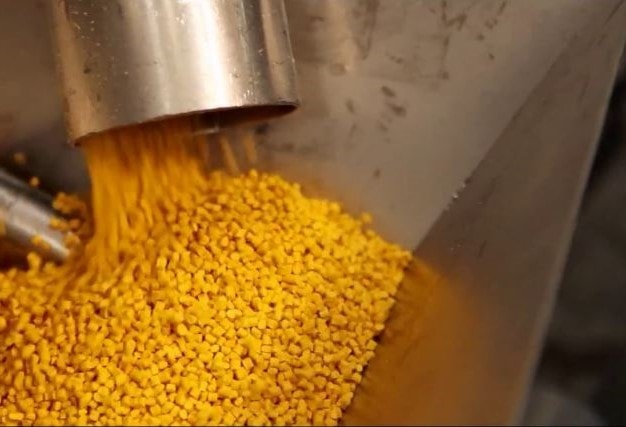In 2020, about 30% of the global engineering thermoplastic was ordered and delivered in the form of tubes, to represent $ 75.2 billion in market revenue
The global engineering thermoplastics market could reach a value of 259 billion by 2021 and is expected to show growth of around 6% over a forecast period of 2021 to 2031.
According to a report published by ESOMAR-certified market research and consulting firm, Fact.MR., in 2020, engineering thermoplastics occupied almost 20% of the global plastics market. During that same year, North America and Europe accounted for more than half of the global engineering thermoplastics market revenue.
Increased demand for thermoplastics
The increased demand for high-performance plastics is due to their balanced properties of low density, ease of processing, and low cost. Thermoplastics are also suitable for economical processing, from low-performance specific packaging to mass production.
Additionally, the demand for lightweight packaging along with a high degree of impermeability has significantly reduced the demand for paper and paper-based packaging and boosted the market for thermoplastics in packaging.
They also contribute to sustainability
It should be noted that plastics have been widely used in the packaging industry due to their exceptional performance, representing more than 30% of total materials. Plastic containers usually contain thermoplastics, such as Polyethylene (PE), Polyvinyl Chloride (PVC), Polypropylene (PP) and others. However, around 80% of plastic packaging is thrown away each year, which is creating a demand for recyclable thermoplastics due to increased circular economy initiatives.
Using the buoyancy differences of plastic, flotation can separate mixed plastics that have small differences in density and charge. Electromagnetic identification is another means of separating plastic mixtures. For example, chlorine scanning is used to separate PET from PVC when the two are mixed.

